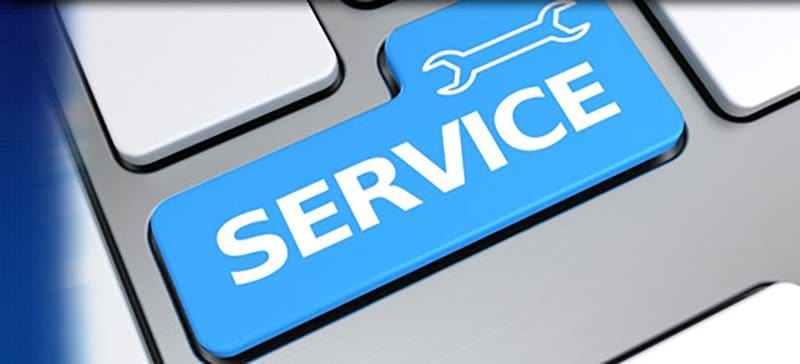- How hard do you make it for your customers to do their jobs?
- What levels of bureaucracy have you implemented in the name of security or audit?
- Do you use best practice or service management to justify bad IT management?
Enabling your Business Partners
This is your chance to look at how you enable your business partners. One of the most interesting parts of consulting (and specializing in Service Request Catalog implementations) is the opportunity to see how organizations handle the customer consumable items IT provides. As you begin to define the catalog items that will be made available to the customers, you begin to see the processes that make it difficult to do business with IT – and let’s face it, IT is business. Every request made by a customer has a cost associated with its delivery, from approval to provisioning and fulfillment, through support costs after the item has been provided. The biggest issue I see is that in many cases, IT foots the bill for all of it, resulting in layers of bureaucracy designed to contain costs by discouraging the customer, but all they really accomplish is lost productivity time and extra costs associated with the bureaucracy. They also create an “us (the customer) vs. them (IT)” mentality, suffering from lower customer satisfaction as a result.
Table of Contents
ToggleCan you Strike a Happy Medium?
Often when I question the IT organization there is a culture that prevents the use of charge-backs. This is a great deal for the customer but usually, in these organizations, the customer is not happy with IT as a result of the roadblocks. IT is also struggling to keep costs down as business demands, and is caught in the middle of a budget crunch: pay less, get more. So, is there a happy medium that also helps IT cut costs? YES!
If an organization has a culture of not charging for services, IT can find a happy medium in charging only for those tangible personal items customers consume. For example, in more than one organization, a non-standard iPhone requires CIO approval to keep the numbers down. In this case, it’s because IT is attempting to keep costs down but all that’s achieved is the CIO being the “bad guy/gal” when the answer is no and numerous escalations straining an already busy CIO’s schedule.
What if the customer’s department paid for all devices and a monthly carrying fee? In this case, instead of these costs being part of IT overhead the department incurring the costs pays for the device and its associated costs. Additionally, if you look at it, why charge only for a device like the iPhone and not a Blackberry? Are the costs vastly different? I’d hazard a guess that sometimes the approval and time lost arguing over Blackberry or iPhone costs more than the device itself!
Other consumable services also loan themselves to this concept. Consider file storage, e-mail storage along with computers and accessories. If the customer pays for these items, their department heads can address when it’s appropriate to expand storage vs. requiring their employee to archive data to off-line storage. The same goes for computer replacements being requested in advance of a planned refresh or for higher-end computers.
SLAs and Charge Backs
Service Level Agreements are another area that could benefit from charge backs. We all know there are departments whose services are revenue producing and executives who have some degree of budgetary license. If these people want better service than the standard SLA, why not give it to them for a fee, using the revenue generated to off-set support costs.
This is all very easy with today’s Service Request Catalog tools which enable reporting initial and monthly costs associated with these requests. Depending on culture, you can either charge these back to the associated departments or simply accounting for costs by business unit. At the very least, the latter is a great way to provide the business with an understanding of how their usage contributes to IT spend.
Yes, if you work in a culture that prevents charging for services, “show backs” are almost as effective. In this case, instead of transferring money from the customer’s budget line into IT, IT can at least report how much of their overall operating expense budget is due to customer usage of consumable items vs. IT’s inability to control general expenses associated with operating business services.
Help the Business Understand IT Costs
This is also an important distinction to be able to show the business as it helps IT to begin to speak with the business in terms they understand. Without showing the expense of operating services vs. the costs incurred by customers, it’s difficult for businesses to understand where all of IT’s money is going, particularly since IT is always saying “no”. This shift, even as a reporting exercise is a great discussion starter with the business.
There’s another hidden benefit to this shift as well – the ability to improve customer opinion. If customers are able to buy-up to a higher level of support when they need it (and even only for those services where they need improved support) and get more storage or new devices as needed, the noise associated with customer complaints starts to lessen. Over time, this becomes a means to improved relationships within the organization.
So how do you get started? Simply add prices to your existing request catalog and begin reporting on the spend by department, cost center or line of business. Awareness alone may begin to drive down costs!





